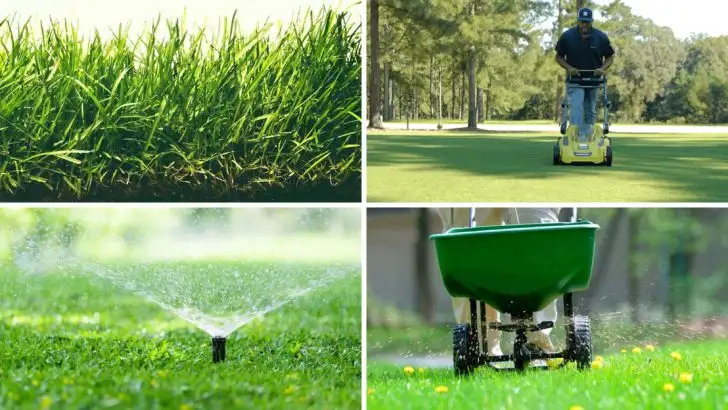If you’ve ever marveled at the immaculate lawns of your favorite golf course, you know how much care and attention goes into keeping the grass in prime condition. While achieving that same professional-quality look might seem like a tall order, many of the techniques used on golf courses can be easily adapted for your own yard. With the right approach, you can give your lawn the same kind of care that keeps those expansive fairways looking pristine.
From proper mowing habits to the best time for fertilizing, the pros have some tried-and-true methods that can work wonders in your backyard. It’s not about using fancy equipment or exotic treatments; it’s about paying attention to the little things and staying consistent. Here are 17 tips that golfers and turf managers use to keep their greens in top shape—and you can use them too to improve the health and appearance of your lawn.
Choose the Right Grass Type
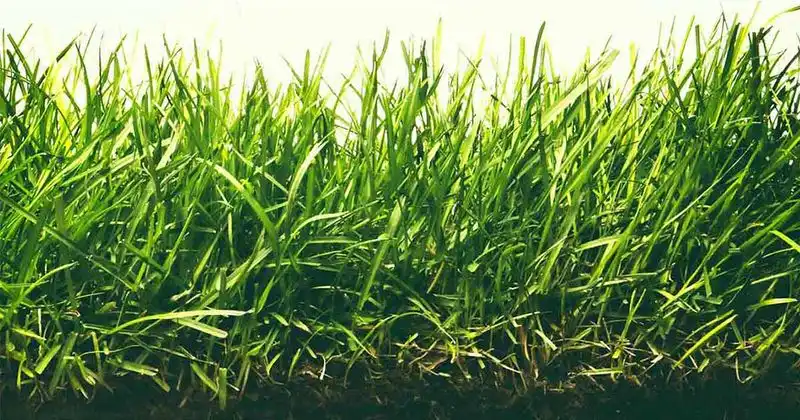
Choosing the right type of grass is crucial. Golf courses use a variety of grass types suited for different climates and soil conditions. Warm-season grasses like Bermuda and Zoysia thrive in sunny, southern areas. Meanwhile, cool-season grasses, such as Kentucky bluegrass, are ideal for northern regions. Selecting the right grass type ensures your lawn remains vibrant and healthy throughout the seasons. This decision lays the foundation for a lawn that mimics the flawless greens of professional courses. Consider consulting with a local expert to make the best choice for your specific environment.
Mow Like a Pro

Mowing your lawn properly makes a significant difference. Golf courses are known for their precise mowing techniques, often using reel mowers that leave the grass with a smooth, even cut. But for homeowners, maintaining a sharp blade on any mower is key. Set your mower height based on the grass type to avoid scalping. Regular mowing at the correct height encourages denser growth, reducing weeds. Following these professional techniques ensures that your lawn looks as pristine and inviting as a golf course fairway.
Water Wisely
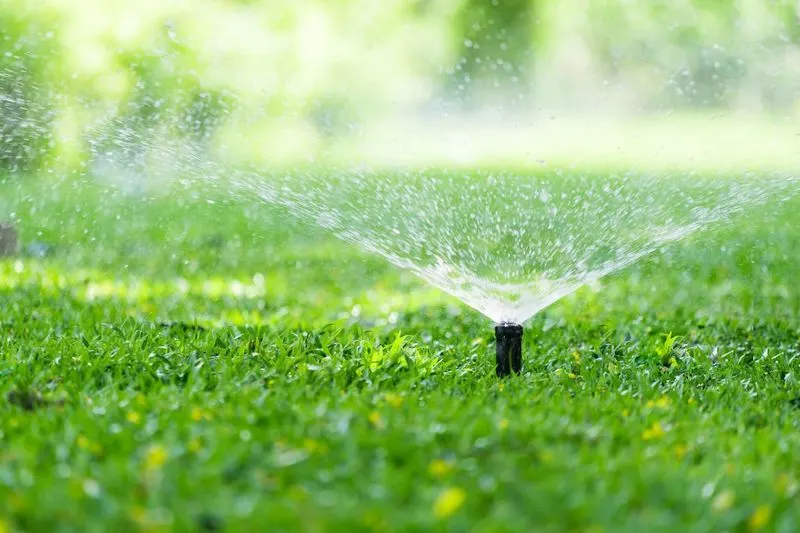
Efficient watering techniques are the backbone of lush golf course lawns. These courses often use sophisticated irrigation systems that deliver water evenly and deeply. Homeowners can replicate this by watering early in the morning to minimize evaporation. Aim for deep, infrequent watering to encourage deep root growth. This approach leads to a more drought-resistant lawn, keeping it green and thriving even during dry spells. By managing water wisely, you ensure your lawn remains healthy and vibrant.
Feed Your Lawn
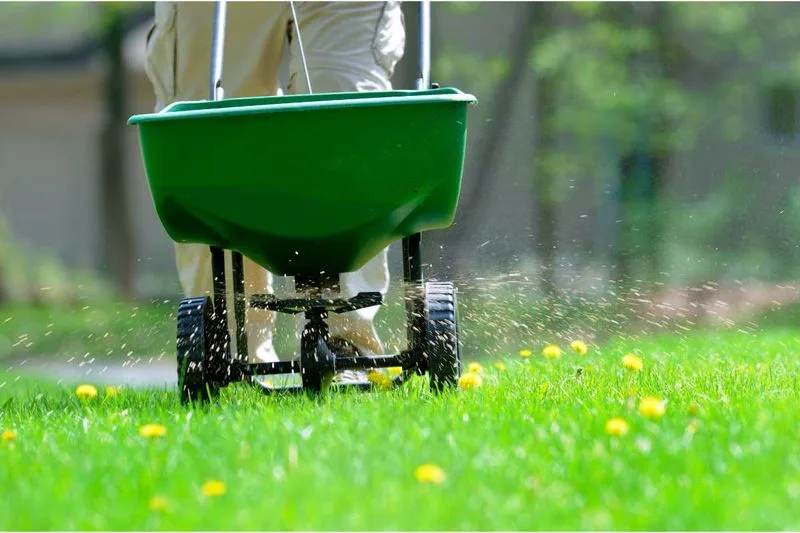
Fertilizing is an essential step in maintaining golf course-quality grass. Professional groundskeepers often use slow-release fertilizers that provide consistent nutrients over time. For your lawn, applying a balanced fertilizer throughout the growing season supports strong growth. Choose a formula compatible with your grass type and local soil conditions. This regular feeding schedule encourages a lush, green appearance. By nourishing your lawn like a pro, you can achieve that enviable golf course look in your backyard.
Aerate for Healthier Soil

Aeration is a secret weapon in golf course maintenance. By perforating the soil, you allow air, water, and nutrients to penetrate deep into the roots. This process reduces soil compaction, promoting healthier grass. For homeowners, annual aeration can significantly enhance lawn vitality. It’s particularly beneficial for areas with heavy foot traffic. Whether using a mechanical aerator or hiring a professional service, this step rejuvenates your lawn, keeping it strong and resilient, much like those immaculate golf course greens.
Weed Control Strategy
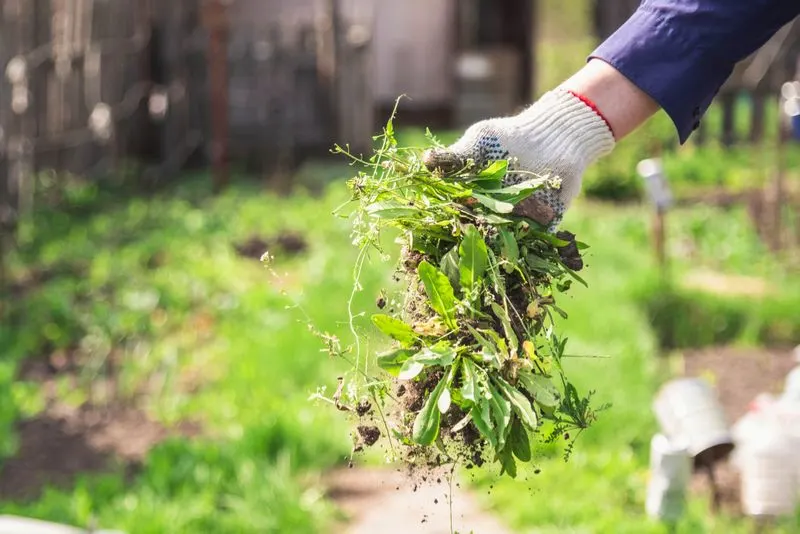
Golf courses maintain their flawless appearance with diligent weed control. Implementing a pre-emergent herbicide in early spring prevents weeds from taking root. For existing weeds, targeted treatments keep your lawn pristine. Encouraging dense grass growth through proper fertilization and mowing also naturally suppresses weed growth. By adopting these targeted strategies, you create a robust, weed-free lawn that rivals the immaculate conditions found on professional greens.
Soil Testing
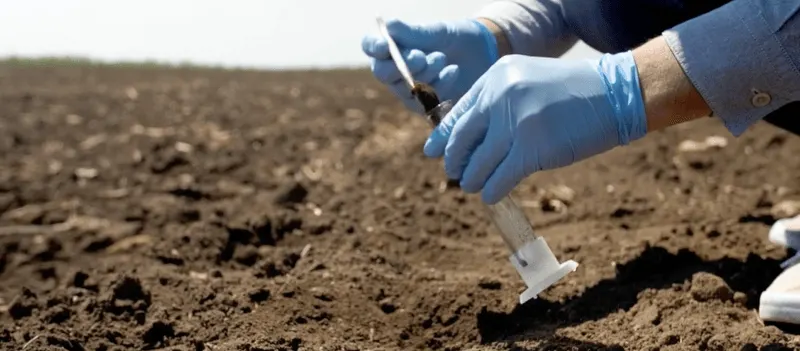
Understanding your soil’s composition is key to lush, green grass. Golf course groundskeepers regularly test soil to adjust their maintenance practices. Homeowners can adopt this by sending soil samples to a local extension service. Testing reveals essential insights into nutrient deficiencies and pH levels. By tailoring your fertilization and soil amendment strategies based on these results, you ensure optimal grass growth. This attention to detail helps transform your lawn into a verdant, golf course-like expanse.
Overseeding for Density
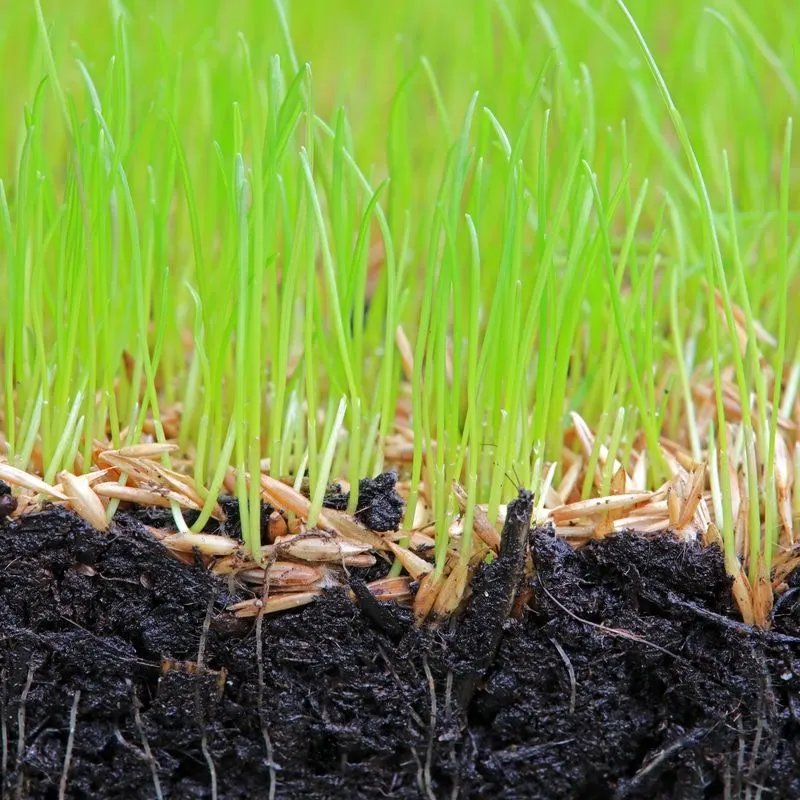
Overseeding is a common practice on golf courses to maintain dense, lush grass. By spreading grass seed over existing lawns, you fill in bare spots and improve density. This process is especially beneficial after aeration. For homeowners, choose a seed blend that matches your current grass type. Regular overseeding ensures your lawn remains thick and vibrant, minimizing weed growth. Emulating this professional technique leads to a healthier, more uniform lawn appearance that golf courses boast.
Proper Pest Management
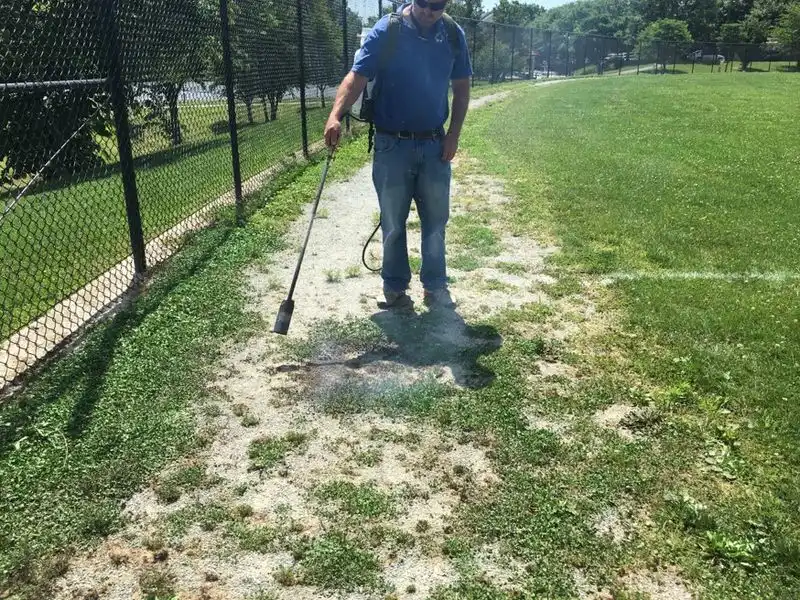
Pest management is crucial for maintaining healthy lawns. Golf courses use integrated pest management (IPM) practices to control harmful insects while minimizing environmental impact. Homeowners can adopt similar practices by identifying pest problems early and using targeted solutions. Encouraging beneficial insects, like ladybugs, also helps control pest populations naturally. By implementing these strategies, you protect your lawn from damage, ensuring it remains healthy and pristine, much like the greens of a professional golf course.
Compost and Mulch

Sustainable practices like composting and mulching are integral to golf course maintenance. Applying compost improves soil structure and fertility, providing a natural nutrient source. Mulching around trees and flower beds conserves moisture and suppresses weed growth. Homeowners can easily incorporate these practices into their lawn care routine. By enriching your soil with compost and maintaining moisture with mulch, your lawn will flourish, mimicking the eco-friendly approaches of professional courses.
Use of Turf Blankets

Turf blankets are a secret weapon used by golf courses to protect grass during cold spells. These blankets retain heat and moisture, minimizing frost damage. For homeowners, using turf blankets during late fall and early spring extends the growing season, ensuring your lawn remains lush and healthy. This technique is particularly beneficial for cool-season grasses. By borrowing this professional strategy, you safeguard your lawn against harsh weather conditions, maintaining its beauty year-round.
Sand Topdressing
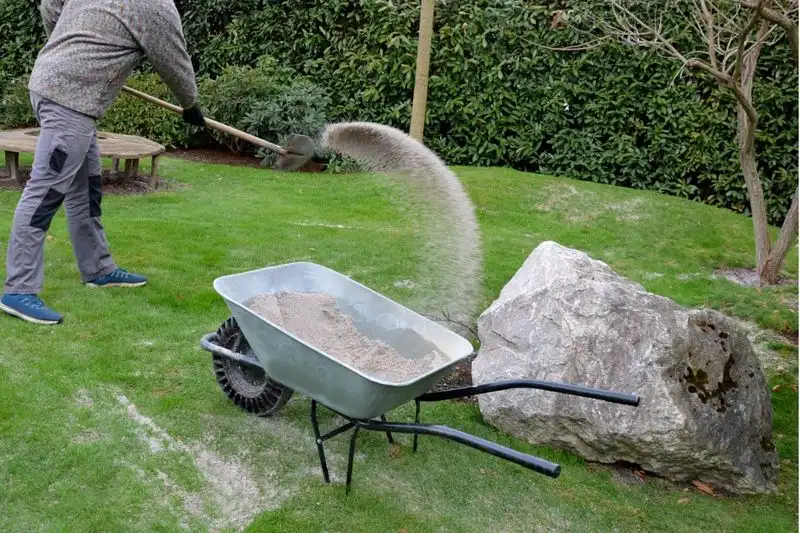
Topdressing with sand is a common practice on golf courses to enhance lawn quality. This technique smooths the surface, improves drainage, and encourages healthier grass growth. For homeowners, applying a thin layer of sand helps reduce thatch build-up and levels uneven areas. Choose a suitable sand for your grass type to prevent compaction. By incorporating this professional practice, you improve your lawn’s resilience and appearance, achieving a golf course-like finish.
Edging for Definition
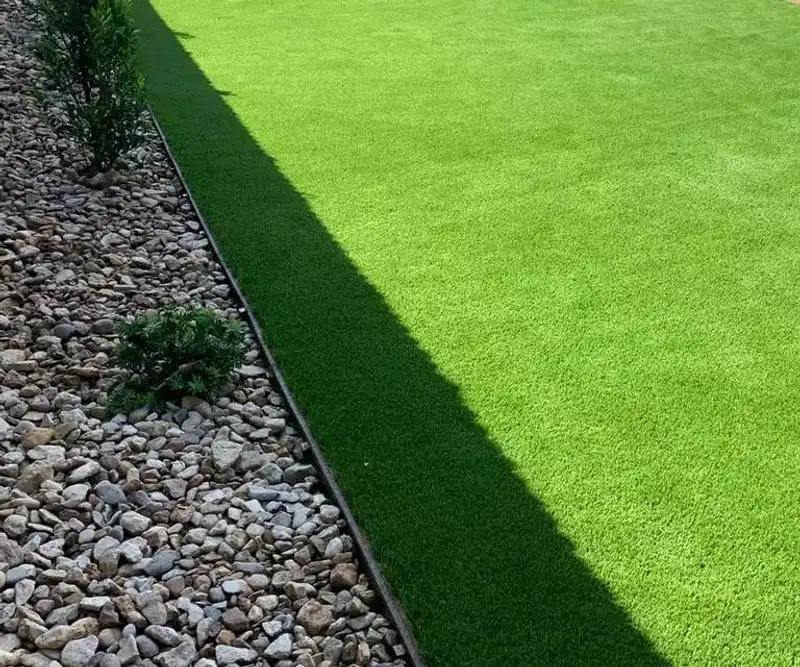
Sharp, defined edges are the hallmark of golf courses. By regularly edging your lawn, you create clear boundaries that enhance the overall appearance. This practice also prevents grass from encroaching onto walkways and flower beds. For homeowners, using a hand edger or mechanical tool provides precise results. Incorporating regular edging into your routine contributes to a crisp, professional look, turning your lawn into a well-groomed landscape reminiscent of a golf course.
Choose the Right Equipment
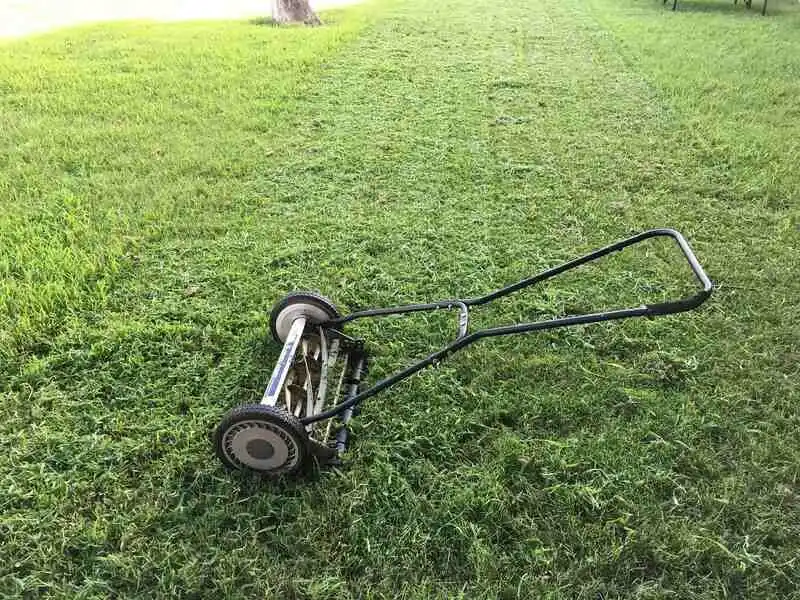
The right equipment makes lawn care efficient and effective. Golf courses utilize advanced machinery tailored to specific tasks. Homeowners can benefit from using quality tools suited to their needs. Investing in a reliable mower, aerator, and edging tools enhances your maintenance routine. Regularly maintaining this equipment ensures optimal performance. By selecting the right tools, you emulate the precision and care found on professional greens, achieving a high-standard lawn effortlessly.
Regular Maintenance Schedule
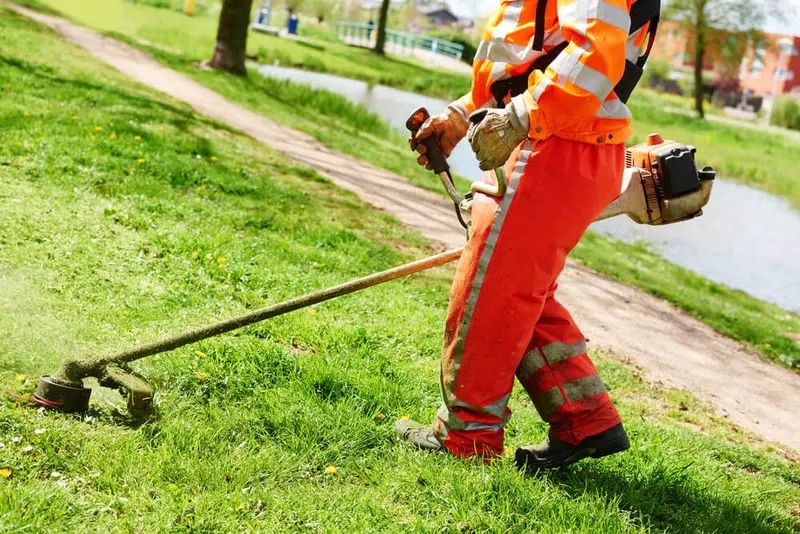
Consistency is key to achieving a golf course-quality lawn. Maintaining a regular schedule for mowing, watering, and fertilizing keeps your lawn in top condition. Golf courses follow strict maintenance routines, adapting to seasonal changes. Homeowners can create a tailored calendar to manage tasks efficiently. This organized approach ensures no aspect of lawn care is overlooked, leading to a healthy, vibrant lawn. By following a structured schedule, you maintain the beauty and resilience synonymous with professional courses.
Focus on Grass Health
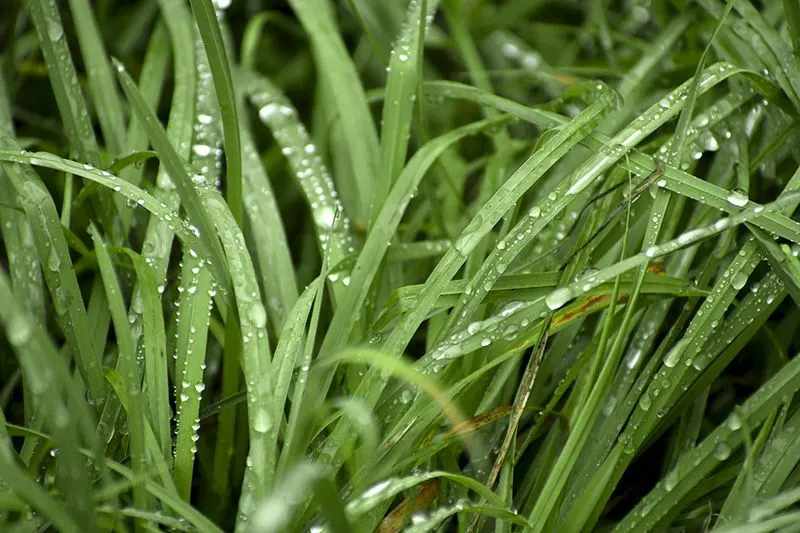
The health of your grass is paramount. Golf courses prioritize grass health through careful monitoring and tailored care. For homeowners, focusing on soil quality, proper watering, and pest control supports robust grass growth. Regularly inspect your lawn for signs of stress or disease, addressing issues promptly. By cultivating a healthy lawn, you ensure it remains vibrant and resilient, reflecting the pristine conditions found on professional greens. This commitment to grass health transforms your landscape into a verdant haven.
Sustainable Practices
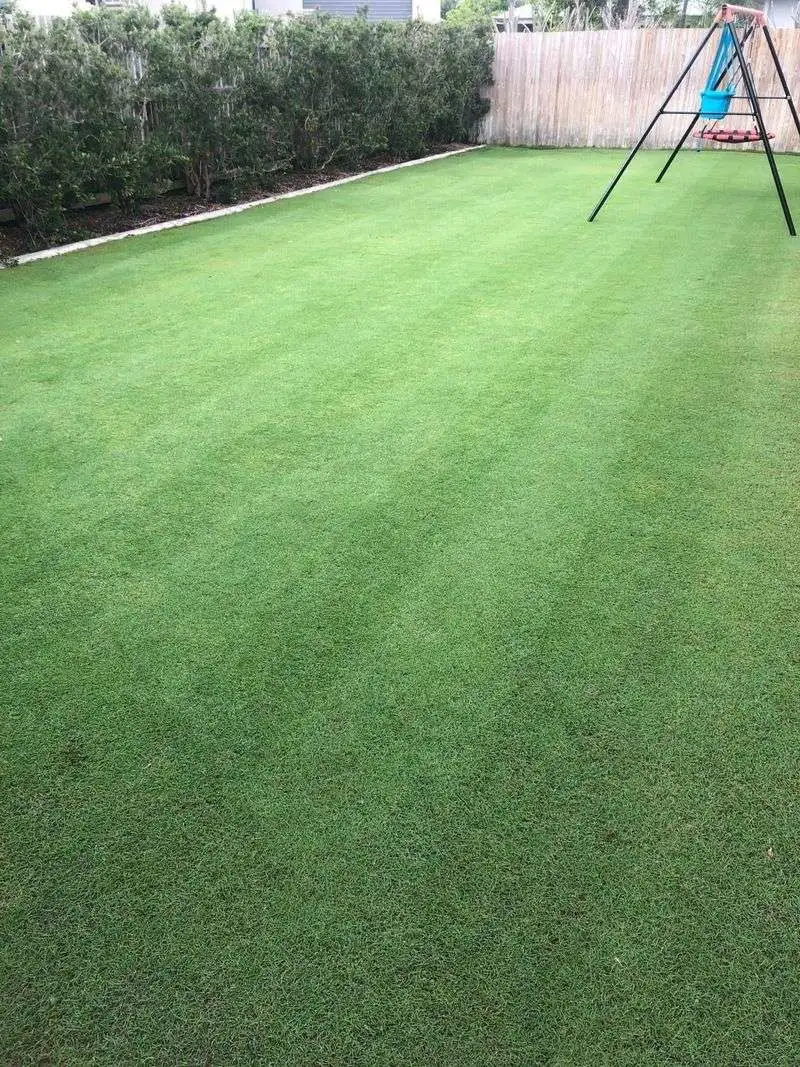
Sustainability is a core principle in modern golf course maintenance. By adopting eco-friendly practices, you minimize environmental impact. Homeowners can reduce chemical use by opting for organic fertilizers and pest control methods. Incorporating native plants and maintaining natural habitats promotes biodiversity. These sustainable approaches not only benefit the environment but also enhance the beauty and health of your lawn. By embracing these practices, you create a green space that aligns with the responsible stewardship exemplified by golf courses.

